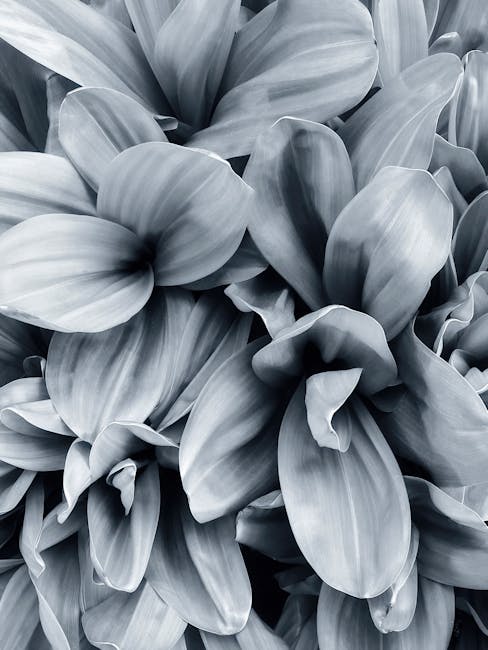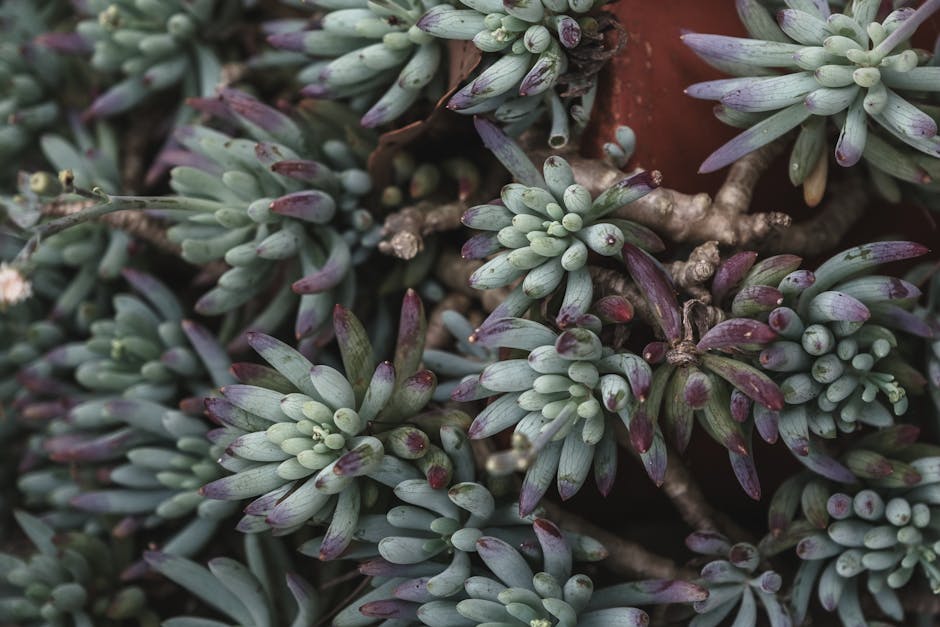Are you ready to dive into the wonderful world of gardening zones? Grab your tools and get ready to zone out with your garden as we take a beginner-friendly journey through the different zones that can help you create a flourishing and beautiful outdoor space. Whether you’re a seasoned pro or just starting out, we’ve got all the tips and tricks you need to bring your garden to life. So let’s get planting and let the gardening magic begin!
Table of Contents
- 1. Explore the World of Gardening Zones: An Introduction for Newbies
- 2. Get Lost in Your Garden: Understanding the Basics of Plant Hardiness Zones
- 3. Planting Dreams: Tips for Choosing the Right Plants for Your Zone
- 4. Blossom Where You’re Planted: How to Thrive in Your Garden Zone
- 5. Zone Out and Relax: Transforming Your Outdoor Space into a Gardener’s Paradise
- Q and A

1. Explore the World of Gardening Zones: An Introduction for Newbies
Are you ready to embark on a journey through the diverse world of gardening zones? Whether you’re a beginner or a seasoned gardener, understanding the different zones can help you make informed decisions about what plants will thrive in your specific location.
Each gardening zone is defined by a range of temperatures that dictate what plants can survive and thrive in that area. From the frosty climates of Zone 1 to the tropical paradise of Zone 13, there’s a wide range of environments to explore and enjoy. By discovering your specific gardening zone, you’ll be able to select plants that are well-suited to your unique climate.
Take the time to research and learn about the characteristics of your gardening zone. Consider factors such as average temperatures, precipitation levels, and frost dates to better understand the conditions in your area. Armed with this knowledge, you’ll be well-equipped to create a beautiful and thriving garden that will bring you joy throughout the seasons.

2. Get Lost in Your Garden: Understanding the Basics of Plant Hardiness Zones
Once you step into your garden, you enter a world of wonder and beauty. Plants of all shapes and sizes surround you, each thriving in their own unique way. But have you ever wondered why certain plants do well in your garden while others struggle to survive? Understanding plant hardiness zones can help unlock the mystery behind this.
Plant hardiness zones are like a roadmap for your garden, guiding you towards the best plants for your specific climate. By familiarizing yourself with these zones, you can choose plants that are more likely to thrive in your area. Each zone is based on average annual minimum winter temperatures, giving you an idea of which plants are best suited for your region.
So next time you’re planning your garden, take a moment to explore plant hardiness zones. By selecting plants that are well-suited to your climate, you’ll set yourself up for a garden that not only survives but thrives. Embrace the diversity of plants that can flourish in your zone, and get ready to create a garden that will leave you lost in its beauty.
3. Planting Dreams: Tips for Choosing the Right Plants for Your Zone
When it comes to choosing the right plants for your zone, there are a few key things to keep in mind. First and foremost, consider the climate of your area. Plants that thrive in hot, humid conditions may not do so well in cooler, drier climates. Take some time to research the typical weather patterns in your zone and choose plants that are well-suited to those conditions.
Another important factor to consider is the amount of sun exposure your garden receives. Some plants require full sun to thrive, while others prefer partial or full shade. Make sure to take note of the amount of sunlight your garden gets throughout the day and choose plants accordingly. This will help ensure that your garden is filled with happy, healthy plants.
Lastly, don’t be afraid to get creative with your plant choices! Mix and match different colors, textures, and heights to create a visually stunning garden. Consider incorporating native plants into your garden design, as they are often well-adapted to your specific zone. With a little bit of research and some thoughtful planning, you can turn your garden into a thriving oasis of plants that are perfectly suited to your zone.
4. Blossom Where You’re Planted: How to Thrive in Your Garden Zone
Spring is finally here, and it’s time to embrace the beauty of your garden zone! Whether you’re a seasoned gardener or just starting out, there are plenty of ways to make the most of your space and watch your plants thrive. Here are some tips to help you blossom where you’re planted:
1. **Know your zone:** Before you start planting, it’s important to understand your garden zone. This will help you choose the right plants that will thrive in your specific climate and soil conditions. Whether you’re in zone 3 or zone 10, there are plenty of options to choose from – so do your research and pick plants that are suited to your area.
2. **Amend your soil:** Good soil is the key to a successful garden. Make sure to test your soil and amend it as needed with compost, manure, or other organic materials. This will help create a healthy environment for your plants to grow and flourish. Don’t forget to mulch around your plants to retain moisture and keep weeds at bay.
5. Zone Out and Relax: Transforming Your Outdoor Space into a Gardener’s Paradise
Imagine stepping into your backyard and being transported to a serene oasis where the stresses of the day melt away. With just a few simple touches, you can transform your outdoor space into a gardener’s paradise, perfect for zoning out and relaxing. Whether you have a sprawling garden or a small patio, there are endless possibilities to create a tranquil retreat right outside your door.
Start by adding some greenery to your outdoor space. Plant colorful flowers, lush trees, and fragrant herbs to create a vibrant and inviting atmosphere. Incorporate a variety of plants to attract butterflies, birds, and other wildlife, enhancing the natural beauty of your garden. Consider adding a small water feature, like a fountain or birdbath, to create a soothing ambiance that will help you unwind and destress.
Next, create cozy seating areas where you can sit back, relax, and enjoy the fruits of your labor. Arrange comfortable chairs, benches, or hammocks in shady spots or sunny nooks, depending on your preference. Add outdoor pillows, throws, and rugs for extra comfort and style. Don’t forget to include a small table for holding drinks, snacks, or a good book. With the right setup, you’ll never want to leave your outdoor paradise.
Q and A
Q: What exactly are gardening zones?
A: Gardening zones are geographical regions that are categorized based on temperature and climate conditions to help gardeners determine which plants will thrive in their specific area.
Q: How do I find out which gardening zone I live in?
A: You can use a gardening zone map or enter your zip code into an online gardening zone finder to discover which zone you are located in.
Q: Why is it important to know your gardening zone?
A: Knowing your gardening zone helps you choose the right plants for your garden that are most likely to thrive in your specific climate, saving you time and effort in the long run.
Q: Can I still grow plants that are not typical for my zone?
A: While it is possible to grow plants outside of your gardening zone, it may require extra care and attention to ensure they survive and thrive in your specific climate.
Q: What are some beginner-friendly plants for each gardening zone?
A: There are a variety of beginner-friendly plants for every gardening zone, such as tomatoes, zinnias, and marigolds for warmer zones, and hostas, lavender, and astilbe for cooler zones.
Q: How can I make the most of my gardening zone?
A: By choosing plants that are well-suited for your gardening zone, you can create a thriving and beautiful garden that will bring you joy and relaxation for years to come.
So, whether you’re a gardening novice or a seasoned pro, embracing the beauty of gardening zones can truly transform your outdoor space into a flourishing oasis. By understanding the unique climate and conditions of your zone, you can create a garden that thrives and brings you joy all year round. So go ahead, grab your gloves and get ready to zone out with your garden – the possibilities are endless and the rewards are bountiful. Happy gardening!

